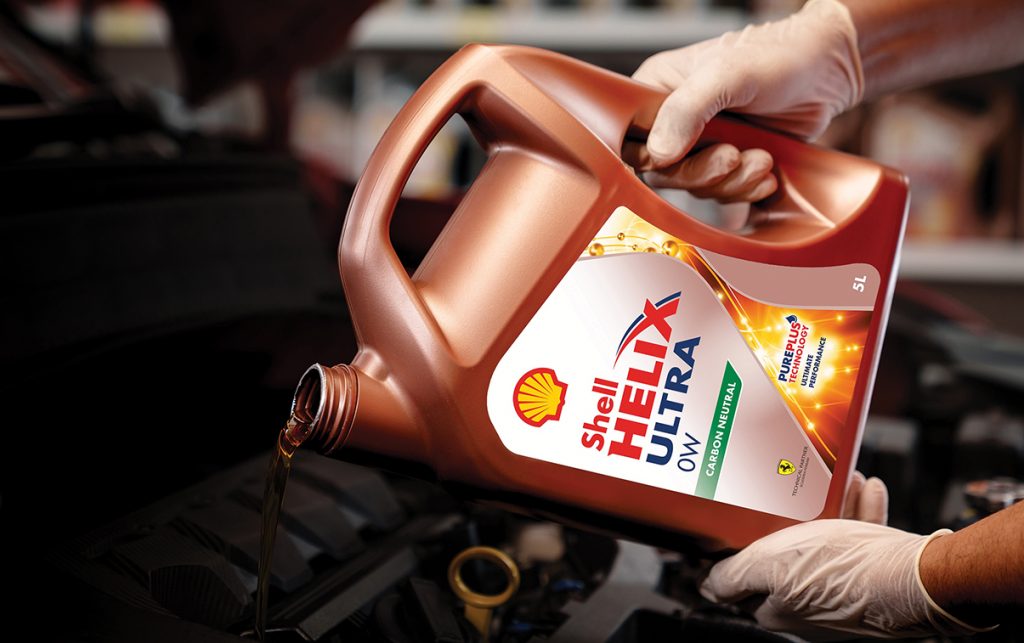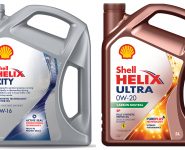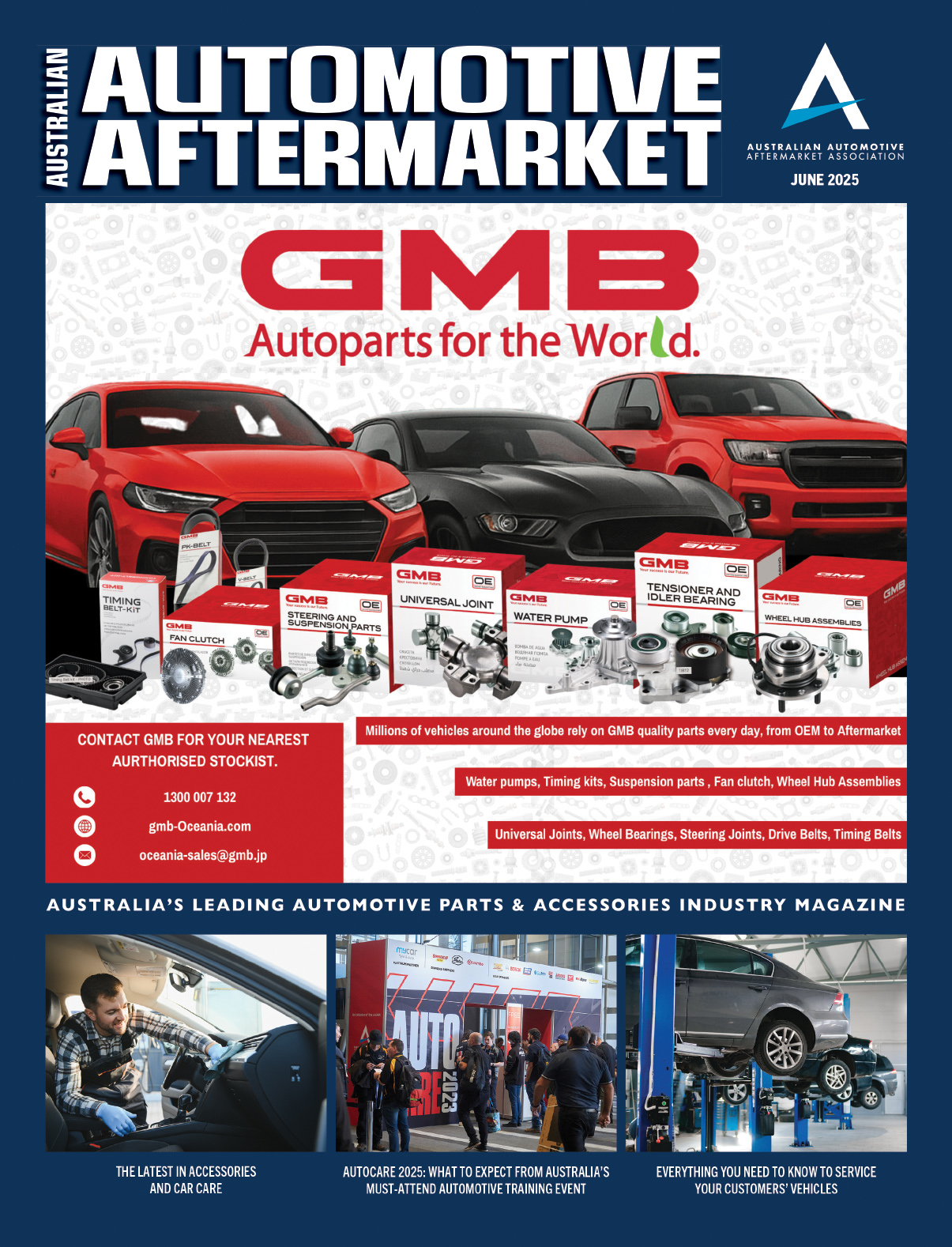ROLE OF LOW VISCOSITY OILS IN FUEL ECONOMY
Today, the automotive industry and OEMs are increasingly looking to fuel economy to reduce carbon emissions

Why? Because CO2 is emitted with every liter of fuel burned, so the less fuel a vehicle uses, the less CO2 it emits. The growing demand for improved fuel economy has, in turn, driven the adoption of low-viscosity engine oils.
The fact that the viscosity of a lubricant can contribute to an engine’s fuel economy is well known within the industry. But it has taken nearly a decade for many OEMs to transition from heavier viscosity oils to thinner ones due to apprehension about performance and protection, and sometimes the cost.
In general, lower-viscosity oils reduce the amount of energy required to keep engine components in motion, which lowers fuel consumption.
Developing and testing new engine oils requires a careful balance: fuel economy must be balanced with product durability; and the precision of laboratory testing must be balanced with evaluating the oil’s performance in real-world conditions.
Consumers want to know that any performance benefits were tested and achieved under conditions that closely match their real operational conditions for the oil. However, evaluation in the field can be difficult because many factors influence real-world fuel economy, mainly driver behavior and driving conditions.
To isolate the effect of a lubricant, oil formulators conduct large-scale experiments that minimise the number of variables to be controlled and standardise those variables that cannot be controlled. This approach eliminates bias and enables accurate evaluations of an oil’s impact on fuel economy.
“We are already seeing APAC markets move to lower-viscosity engine oils, for example adopting SAE 0W-20 lubricants, amid growing interest in even lower viscosities,” Viva Energy Shell Lubricants Help Desk Technical Adviser, Silvana Farrugia, said.
To support this growing trend, Shell says it is driving the development of effective low-viscosity motor oils.
In 2011, Shell invested in and built the Pearl GTL plant, which it explains is the world’s largest gas-to-liquids plant. Located along the coast from Doha, Qatar, it was the culmination of hundreds of millions of hours work.
Ten years later, and the decision to put that time and effort towards producing low-viscosity engine oils made from natural gas is paying off, says Shell.
“There are also many benefits of using low-viscosity oils made with GTL technology. Free of the contaminants inherent to conventional oils, they can generally provide better wear protection and longevity,” Silvana said.
“However, the main reason for the trend towards lower viscosity is the desire among drivers to achieve better fuel efficiency.”
Shell says this is supported by the fact that simply switching to a premium low-viscosity oil can help to increase fuel efficiency by up to three percent*. And, with longer life, Shell’s passenger car lubricants reduce the oil consumption as well.
Shell says this all helps drivers to cut the cost of every journey they make while also reducing their CO2 footprint.
So, says Shell, a million hours to create the plans for the world’s largest GTL plant might sound like a lot, but that is how long it takes when you are designing the future of passenger car travel.
For more information, visit www.shell.com.au
* Based on ACEA M111 fuel economy results compared with the industry reference oil









